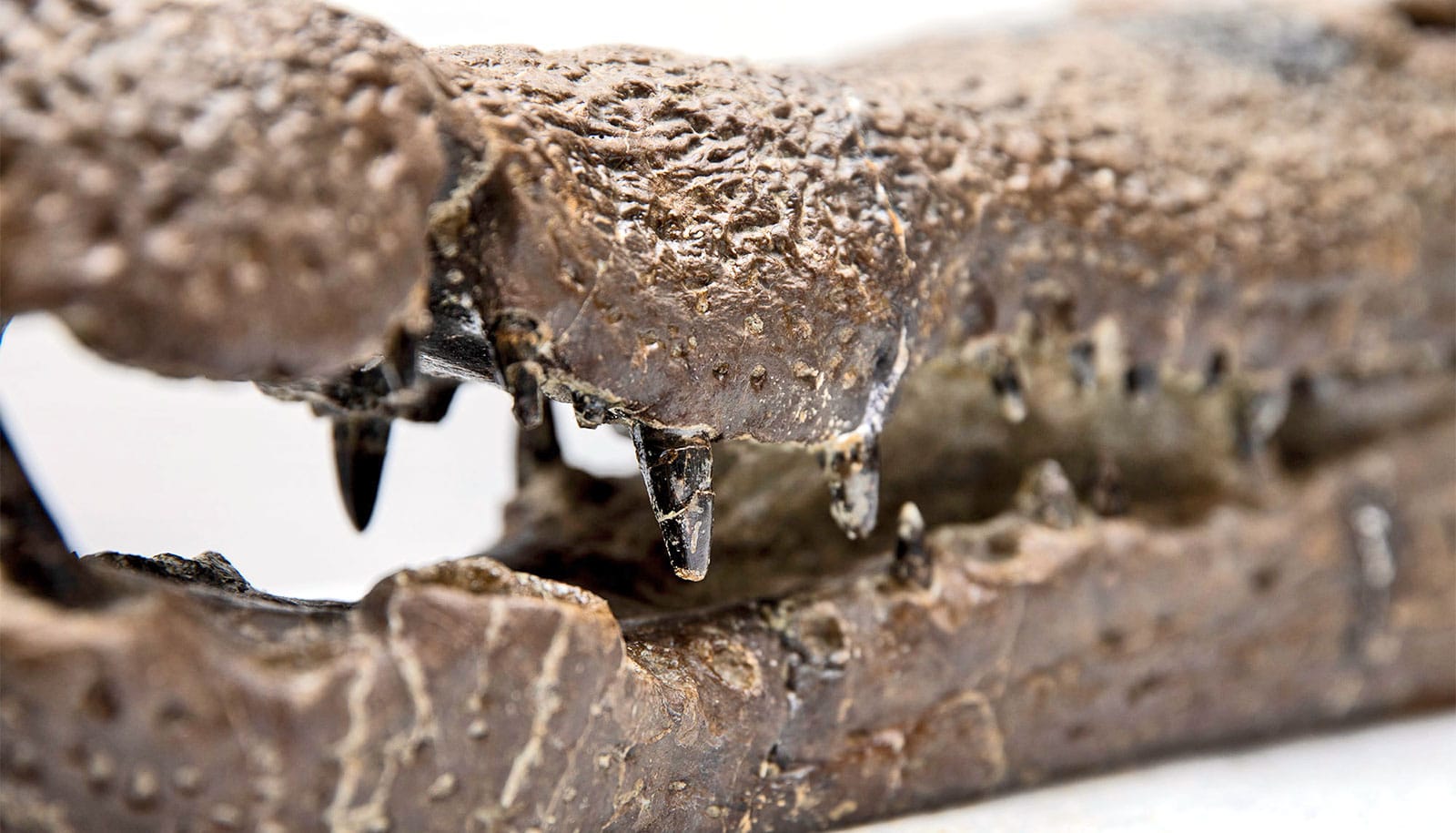Pest resistance to genetically engineered crops increased by more than fivefold in the past decade, yet some pests remain suppressed. Now scientists are discovering why they adapted quickly in some cases but not others.
In 2016, farmers worldwide planted more than 240 million acres (98 million hectares) of genetically modified corn, cotton, and soybeans that produce insect-killing proteins from the bacterium Bacillus thuringiensis, or Bt.
The Bt proteins kill some voracious caterpillar and beetle pests but are harmless to people and considered environmentally friendly.
While organic farmers have used Bt proteins in sprays successfully for more than half a century, some scientists feared that their widespread use would spur rapid evolution of resistance in pests.
To test predictions about resistance, researchers analyzed the global data on Bt crop use and pest responses.
2 billion acres
“When Bt crops were first introduced in 1996, no one knew how quickly the pests would adapt,” says Bruce Tabashnik, a professor and head of the entomology department at the University of Arizona.
“Now we have a cumulative total of over 2 billion acres of these crops planted during the past two decades and extensive monitoring data, so we can build a scientific understanding of how fast the pests evolve resistance and why.”
The researchers analyzed published data for 36 cases representing responses of 15 pest species in 10 countries on every continent except Antarctica. They discovered resistance that substantially reduced the efficacy of the Bt crops in the field in 16 cases as of 2016, compared with only three such cases by 2005. In these 16 cases, pests evolved resistance in an average time of just over five years.
“A silver lining is that in 17 other cases, pests have not evolved resistance to Bt crops,” Tabashnik says, adding that some crops continue to remain effective after 20 years. The remaining three cases are classified as “early warning of resistance,” where the resistance is statistically significant but not severe enough to have practical consequences.
Refuges
Both the best and worst outcomes support predictions from evolutionary principles, the authors write.
“As expected from evolutionary theory, factors favoring sustained efficacy of Bt crops were recessive inheritance of resistance in pests and abundant refuges,” says Yves Carrière, professor of entomology.
Refuges consist of standard, non-Bt plants that pests can eat without exposure to Bt toxins. Planting refuges near Bt crops reduces the chances that two resistant insects will mate with each other, making it more likely they will breed with a susceptible mate. With recessive inheritance, matings between a resistant parent and a susceptible parent yield offspring that are killed by the Bt crop.
“Computer models showed that refuges should be especially good for delaying resistance when inheritance of resistance in the pest is recessive,” Carrière says. The value of refuges has been controversial, and the Environmental Protection Agency has relaxed its requirements for planting them in the US.
“Perhaps the most compelling evidence that refuges work comes from the pink bollworm, which evolved resistance rapidly to Bt cotton in India but not in the US,” Tabashnik says.
These pests use bacteria to keep plants clueless
In the Southwestern US, farmers collaborated with academia, industry, EPA scientists, and the US Department of Agriculture to implement an effective refuge strategy. Although India similarly required a refuge strategy, farmer compliance was low.
“Same pest, same crop, same Bt proteins, but very different outcomes,” Tabashnik says.
Future agriculture
As reported in Nature Biotechnology, pest resistance to Bt crops is evolving faster now than before, primarily because resistance to some Bt proteins causes cross-resistance to related Bt proteins produced by subsequently introduced crops.
“We always expect the pests to adapt. However, if we can delay resistance from a few years to a few decades, that’s a big win.”
An encouraging development is the recent commercialization of biotech crops producing a new type of Bt protein called a vegetative insecticidal protein, or Vip. All other Bt proteins in genetically engineered crops are in another group, called crystalline, or Cry, proteins. Because these two groups of Bt proteins are so different, cross-resistance between them is low or nil.
Although the new report is the most comprehensive evaluation of pest resistance to Bt crops so far, it represents only the beginning of using systematic data analyses to enhance understanding and management of resistance, Tabashnik says.
Chewed-up plants tell hungry pests to keep looking
“These plants have been remarkably useful, and resistance has generally evolved slower than most people expected. I see these crops as an increasingly important part of the future of agriculture. The progress made provides motivation to collect more data and to incorporate it in planning future crop deployments.
“We’ve also started exchanging ideas and information with scientists facing related challenges, such as resistance to herbicides in weeds and resistance to drugs in cancer cells.”
But will farmers ever be able to prevent resistance altogether? Tabashnik doesn’t think so.
“We always expect the pests to adapt. However, if we can delay resistance from a few years to a few decades, that’s a big win.”
Source: University of Arizona



